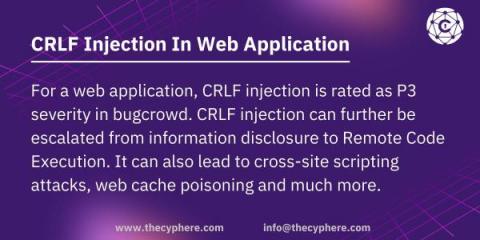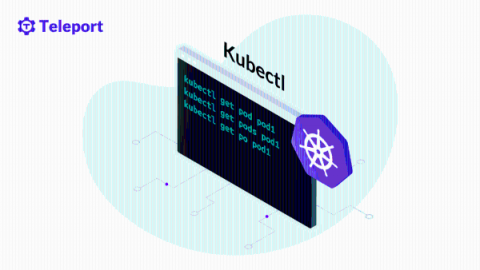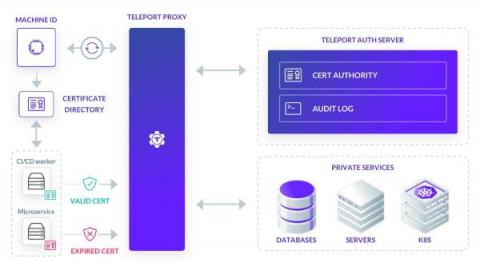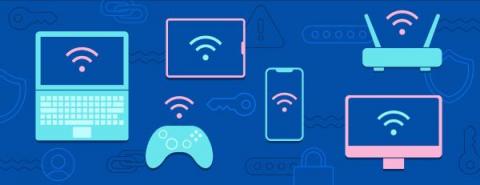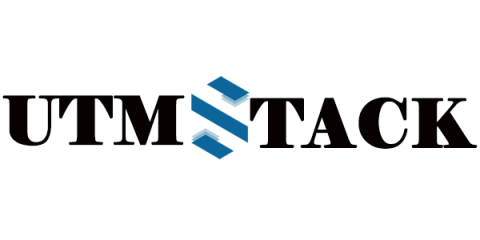CRLF Injection Attack - Explained
Web applications across the digital world are teeming with vulnerabilities increasingly equipped to defeat security mechanisms. Among them are injection attacks. We are aware of the many injection vulnerabilities present in a web application, for example, SQL injection, HTML injection, CRLF injection, cross-site scripting and many others. This article will discuss CRLF injection vulnerability in detail for web application security.


